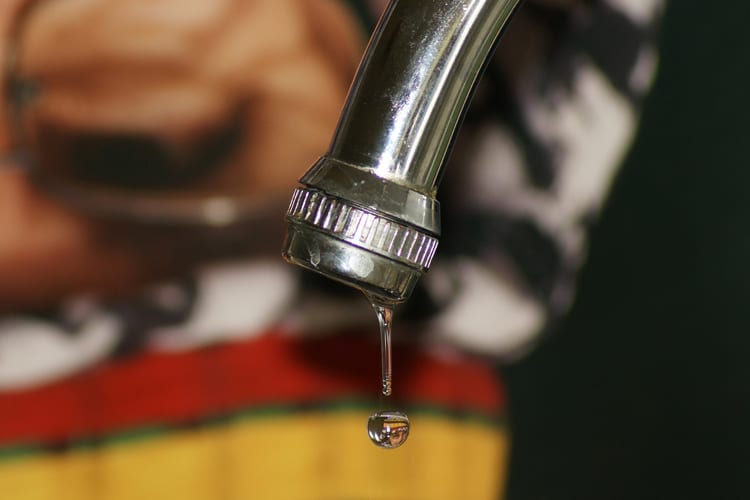The average household leaks almost 10,000 gallons of water per year, according to the Environmental Protection Agency (EPA). That can increase your water bill 10 percent. Plus, undetected leaks can damage floors and walls.
In recognition of the EPA’s annual Fix A Leak Week (March 18-24) the experts at family-owned Donley Service Center and the EPA are sharing ways to spot and handle the most common leaks in your home and business.
Home
1. Toilet leaks: Place a few drops of food color into the bowl. Wait 10 minutes. If you see color, you have a leak. A worn-out flapper is the most common culprit. The inexpensive rubber parts can be quickly and easily replaced.
2. Faucet leaks: Listen for drips. Worn washers and gaskets frequently cause leaks. Tightening aerators or replacing fixture may also help.
3. Showerheads: Turn on and off and look for drips. Old and worn faucet washers and gaskets often cause leaks.
4. Under the sink: Check for pooling water under pipes and rust around joints and edges.
5. Clothes washer: Pooling water could mean a supply line leak.
Business
1. Throughout the building: Check for pooling water or rust under pipe connections and near floor drains. Look for signs of moisture and mold on walls, ceilings and floors.
2. Restrooms: Listen for running water and time flush cycles of toilets. Regularly inspect faucets for drips and replace worn parts.
3. Kitchens: Manual fill valves should close completely after the dishwasher tank is full. Inspect and repair valves and rinse nozzles. Turn off water to food disposal systems during idle periods. Train employees to manually scrape as much food waste as possible first. For all continuous flow equipment, shut down or use standby mode between uses.
4. Include leak detection information in regular staff trainings.
5. Post signs in restrooms, kitchens and other areas with contact information to encourage all employees to report leaks right away.
Other signs you have a leak in your home or business:
1. High water bill
2. Mold and mildew-leaks often cause wet spots
3. Wet spots or discoloration on flooring
4. Damaged walls or bubbles in paint




